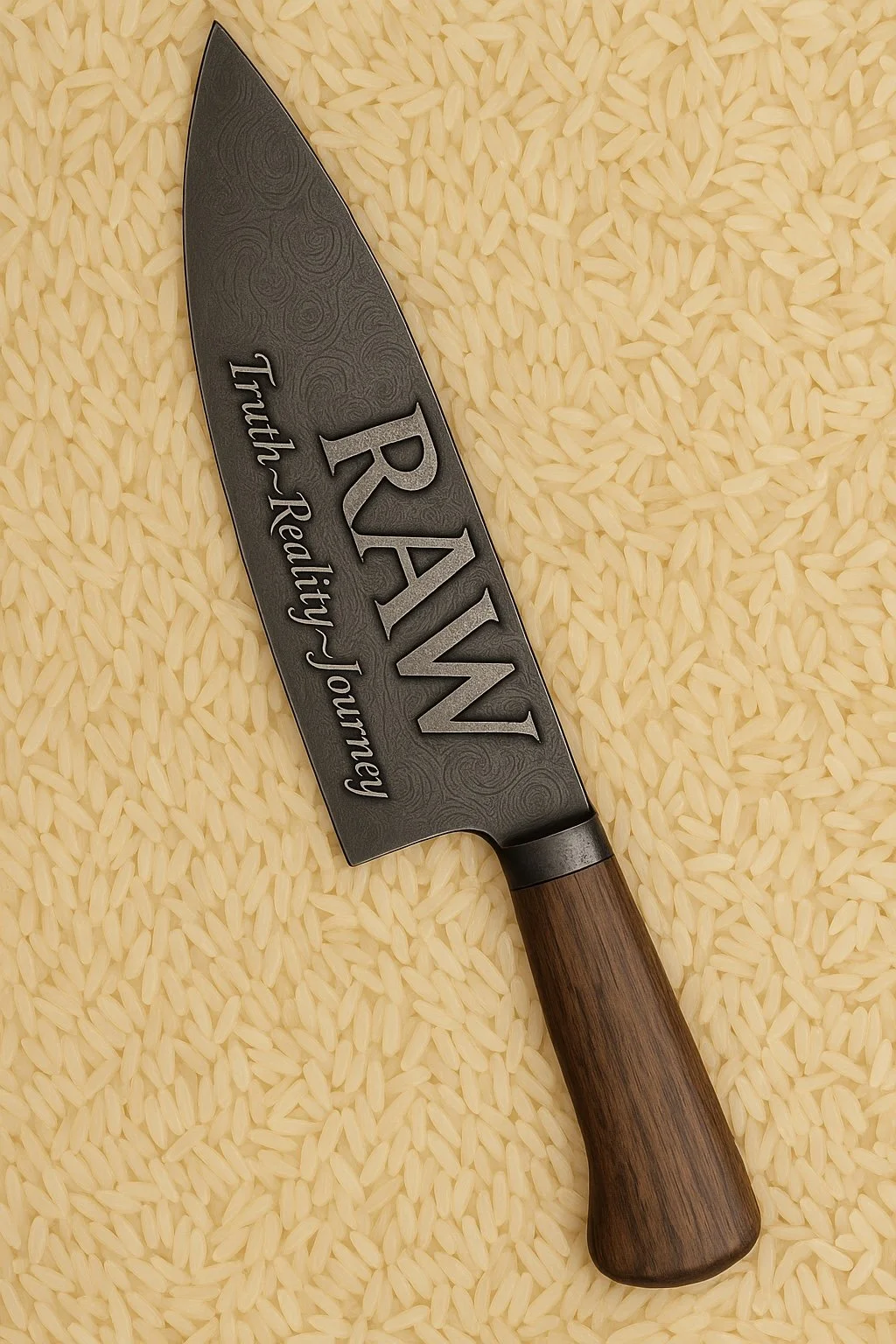Ramen to Real: The Raw Beauty of the Kitchen
The stigma of being a broke college student is universal. Ramen noodles, frozen pizza, and cheap snacks often define the diet of a kid learning to navigate life away from home.
As a young culinary student, I was no different. Between classes, I picked up shifts at the community service center, and in the evenings, I worked at a local college dining hall. The food was simple—burgers, sandwiches, a stir-fry station—but the experience was anything but ordinary.
The kitchen had a good vibe. My bosses were fair. One was even an old friend from high school. The job put a few bucks in my pocket, but it gave me something more valuable: lessons I still carry with me today.
I learned the power of connection. Just saying, “Hello, how’s your night going?” could change the energy of an interaction. Food was the vessel, but it was the humanity that fed people most. That truth shaped the way I’ve approached kitchens for the last 25 years.
I stayed on at that dining hall for a short time even after graduation. Some of those bosses I kept in touch with for two decades. One of them went on to run the very school where I’m now the chef manager. Another gave me a full-circle moment just recently when he messaged me on Facebook:
“I just ordered your book and can’t wait to read it.”
My reply? “I guess you never thought when I was a 19-year-old kid you’d see me become a chef whose book you bought on Amazon!”
This industry is wild. It’s unpredictable. But it rewards those who show up. There’s no secret formula. No magic potion. You just grind. You keep showing up. And one day, those stories—the ones that remind you why you love this work—become part of your legacy.
That’s the raw beauty of foodservice. And that’s what keeps us inspired.
